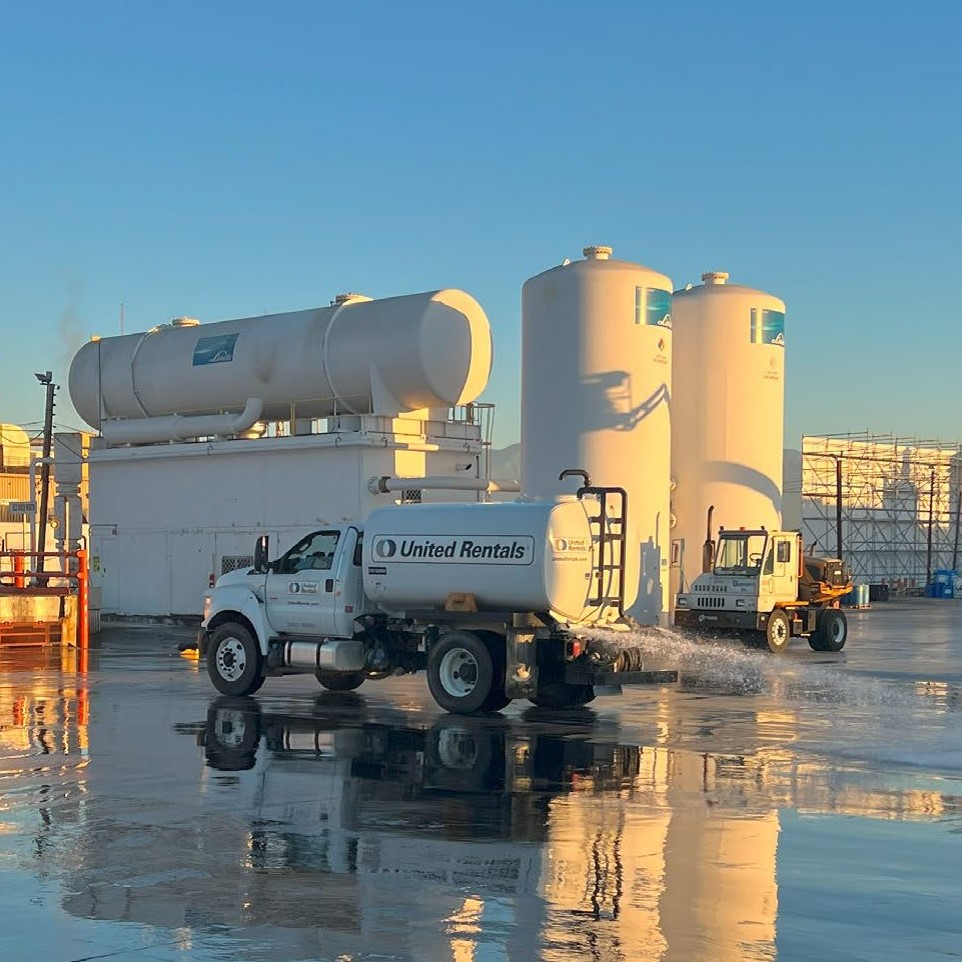North American lead battery recyclers are deeply committed to achieving the highest levels of environmental protection in their operations. To foster this goal, the Association of Battery Recyclers (ABR) hosts semiannual meetings where industry leaders come together to share knowledge, discuss innovations, and collaborate on best practices.
At the recent ABR meeting, members participated in an environmental panel on best practices for emissions control, featuring insights from industry experts, including Mark Hoffman, Environmental Director at Ecobat Resources; Eric Peffel, Director of Environmental Affairs at East Penn Manufacturing Co.; and Mike Casper, Director of Environmental Engineering at Motrex LLC. The session highlighted the industry’s dedication to maintaining stringent environmental standards and continuously improving processes to safeguard employees, communities, and the environment.




